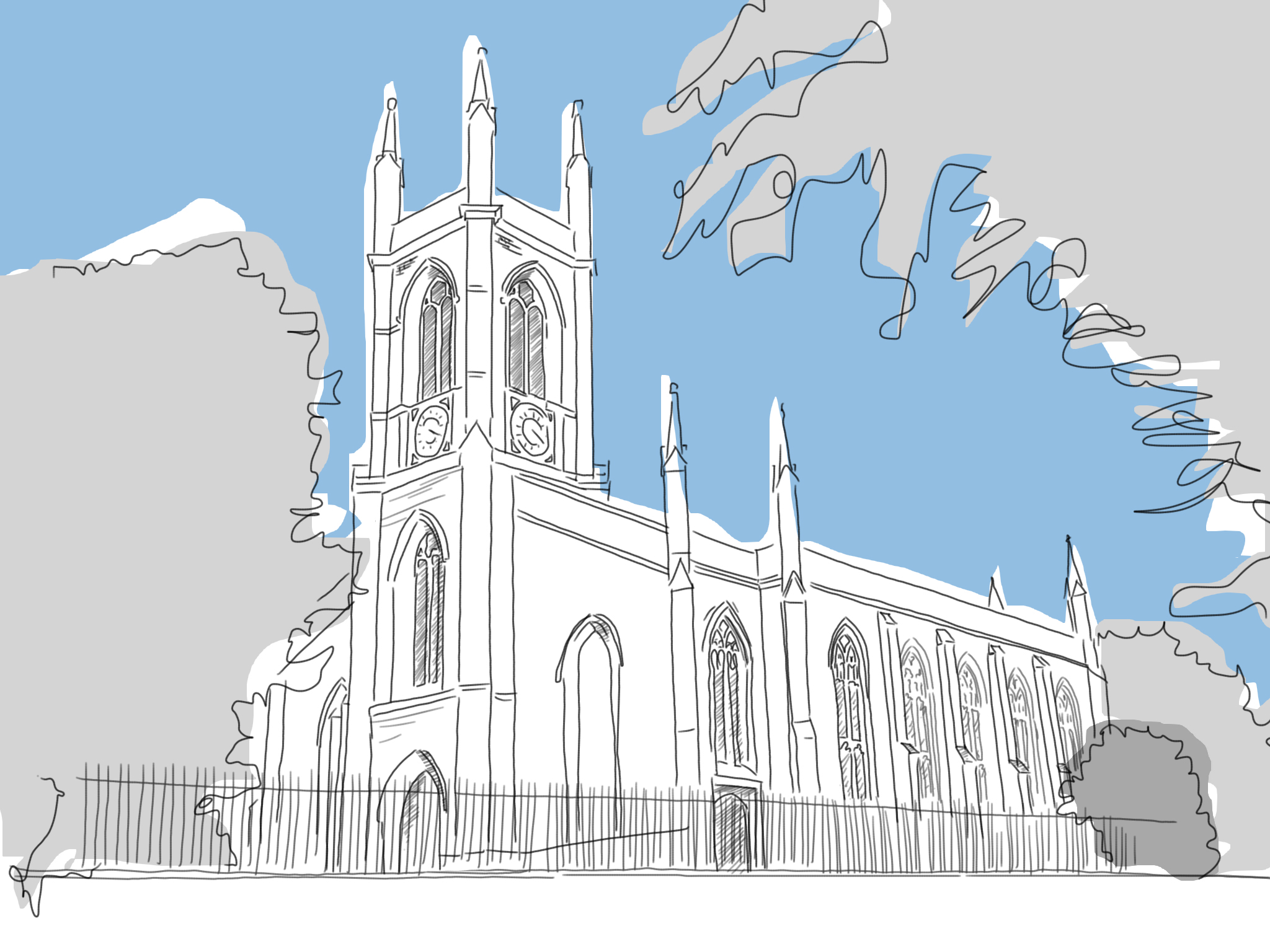We recently visited our project for a loft extension in a Conservation Area. This video shows the transition between the new stair to landing to the new master bedroom and en-suite.
The client approached Square One Architects in 2018 with the specific brief for their three-bedroom semi-detached house in the Hampton Village Conservation Area.
The intention was to use the loft of their property as a new master bedroom with an en suite. The room would take advantage of some very interesting views to the rear towards the Hampton Water Works and unobstructed daylight.
Given the fact that the property was in a Conservation Area, we suggested the client to go through a pre-planning procedure in order to obtain an informal feedback from the Council.
This was very useful, and it helped inform a second iteration of the design that included a mansard roof and two smaller lead dormers that was deemed to be more in keeping with the existing property and the character of the Conservation Area in general.
The original stair of the property, connecting the ground floor and the first floor, was very steep and its head height was already quite limited. One of the challenges of this project was to design the new stair contacting the first floor and second floor without further compromising the already limited head height at first floor level. Thanks to a very precise 3D model we managed to foresee the exact dimensions of the new stair in relationship to the existing one and this helped tremendously our communication with building control and the stair’s supplier before and during construction stage.
This loft conversion video was taken around the end of the construction process. The room feels bright and spacious and take advantage of the generous amount of daylight from the two new windows to the rear and two large skylights installed at the front of the property. The new bathroom was installed within the eaves of the roof and it is naturally lit by one further skylight facing the front of the dwelling.
More images to follow soon.










